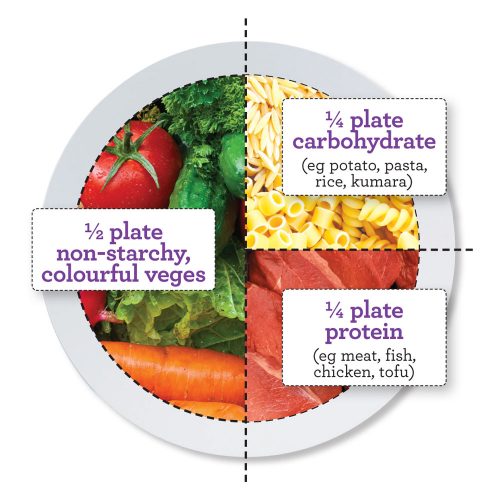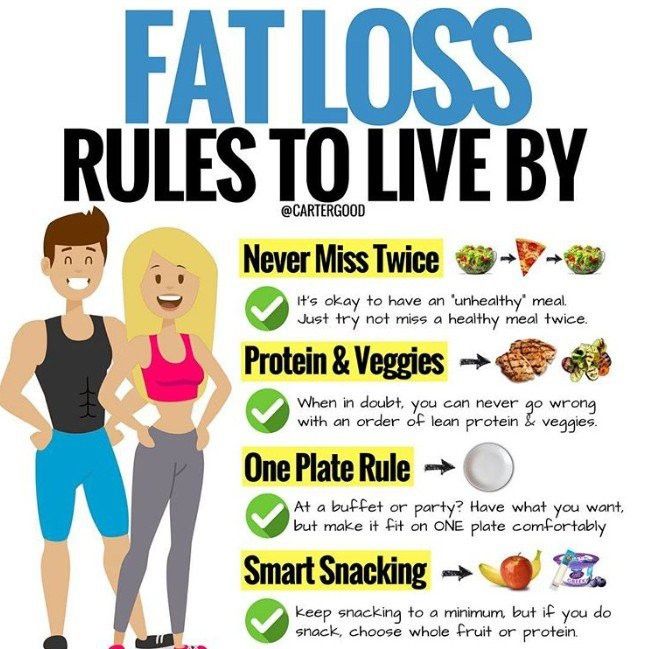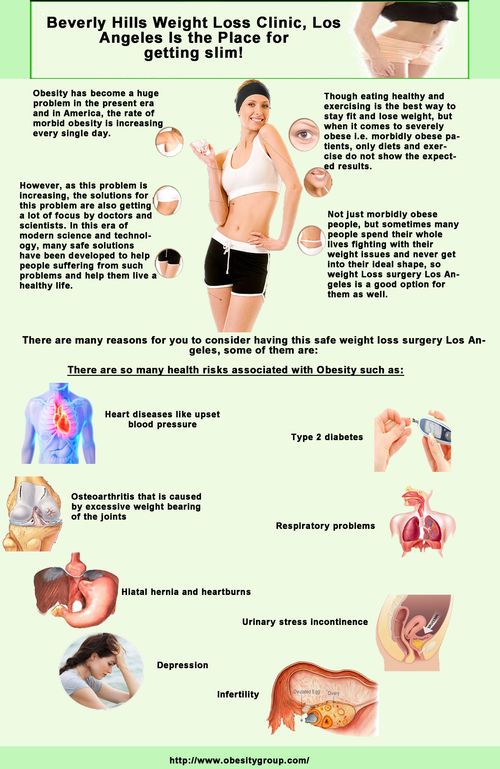
Moderate eating allows you to eat a wide variety of foods. It allows for milk or dairy substitutes, nuts and seeds, healthy fats, meat, poultry, and refined carbohydrates in moderation. While this diet is primarily vegetarian/vegan, you can eat a variety.
Metabolic typing
Metabolic typing refers to a pseudoscience that states that each person has their own metabolism and therefore requires different amounts of macromolecules. One person may find a certain number of macromolecules beneficial for their health. However, another person might find it harmful.
A metabolic typing diet chart will help you determine the optimal macronutrient balance for your body. For instance, some people benefit more from eating a higher percentage of protein while others benefit from eating a diet that focuses largely on carbohydrates. The ratio of different macronutrients has a large impact on health and weight. Metabolic typing should only ever be used by healthy people. Talk to your doctor if you are unsure of your metabolic type.
Plant-based diets
The body can benefit from a plant-based diet, which includes the prevention of many diseases. This diet is also free from oils, processed foods, added sugars, and other harmful substances. The diet is high on fiber and low in cholesterol and saturated fat. It can reduce body fat and LDL cholesterol, which are the two main causes for cardiovascular disease.

A plant-based diet is one that includes many fruits and veggies. It should contain at least two-thirds of plant-based foods. It must also be free from meat and animal products. It should also include healthy fats like olive oil, nuts seeds, avocados, and sunflower oils. The diet should also include whole grains, beans, and fruits and vegetables.
Low-carb diets
Low-carb eating plans limit the amount carbohydrate intake relative to the average person's. These foods are then replaced by foods with more fat and protein. These foods are more filling and satiating. A low-carb diet is a good choice for those who are attempting to lose weight.
Before you embark on a low carb diet, it is important to consult your doctor. Before making drastic changes to your diet, it's important that you determine whether this will be beneficial to you. The average carbohydrate intake should range from 45 to 65% of a person’s daily calories. But, a low carb diet will limit them to less 26 percent. That means that one should not consume more then 130 grams of carbs per day.
Ketogenic diet
A Ketogenic Diet is a diet that burns body fat to generate energy. This is accomplished through the reduction of insulin, which transforms the body into an efficient fat-burner. MCT Oil is often used with the ketogenic lifestyle. This increases ketones and fat burning hormones.
A gallon of water is essential for anyone following the ketogenic lifestyle. This is important because water regulates a number of bodily functions, including hunger. A steady supply of water helps to reduce insulin spikes throughout the day, which aids in weight loss. It is important to exercise moderately in addition to drinking lots of water. Walking for 20 minutes a day can help you lose weight, and stabilize your blood sugar.

Atkins diet
Although it can be hard to follow the Atkins diet, it is also very beneficial. This diet encourages healthy lifestyle changes that last for at least a year. People who want to lose weight over the long term will love this diet. It can be used to make spaghetti squash, chicken meatballs or grilled fish. You can also eat low-calorie versions some popular foods like cucumber slices with cream cheese, celery sticks with peanut sauce, and celery sticks.
The Atkins diet is growing in popularity but it is also being criticized. Some doctors believe that the diet is harmful, especially for people with chronic health problems. According to American Medical Association, the Atkins Diet differs from those recommended by the American Dietetic Association and American Medical Association. Atkins diet is high fat, not balanced, and lacking essential nutrients.
FAQ
What is the best way to exercise when you are busy?
Exercise at home is the best method to stay fit. It doesn't take much to get fit. You can perform simple exercises at your home without needing expensive equipment.
You will need a pair, mat, chair, timer, and some dumbbells.
The most important thing is ensuring you are consistent with your workouts. You may lose motivation if you skip a few days.
Try lifting weights three days per week. This is a great place to start. This could be squats and lunges as well push-ups, pull ups, pull-ups (dips, curls), etc.
Once you are proficient in these movements, you will be able to do other types of exercise, such as running, jumping, skipping and yoga, pilates, dancing, swimming, weight training and tennis.
When choosing an exercise program, remember to choose the ones that suit your lifestyle. You might avoid exercising if your work hours are long.
If you're a night-owl, you might consider working out in the evenings rather than in early morning.
Be aware of your body and rest when you feel tired.
Is there any difference between intermittent fasting and calorie restriction?
Calorie restriction means eating less calories than your body requires. Intermittent fasting, on the other hand, doesn't restrict calories. It focuses on eating fewer calories during the day.
Intermittent fasting works better because it allows for you to enjoy your favorite foods without feeling guilty.
However, both methods have their pros and cons. Decide which one you prefer.
What amount of exercise is necessary to lose weight?
The amount of exercise needed for weight loss depends on several factors, including age, gender, body type, and how much you weigh. However, the majority of people require at least 30 minutes of moderate exercise five days a week.
The American College of Sports Medicine recommends 150 mins of moderate-intensity aerobic exercise per week spread over three consecutive days.
If you are trying to lose 10 pounds, 300 minutes of moderate intensity exercise per week is a good goal. This includes activities like jogging or running, swimming laps and biking.
If you're just starting out, consider doing 20 minutes of vigorous activity thrice weekly. These activities could include sprints and lifting weights.
Aerobic exercise can help burn calories as well as build muscle mass. Muscle burns more calories than fat does. You may be able to achieve your goal quicker by building muscle and losing fat.
Is there any side effect to intermittent fasting?
Intermittent fasting does not have any known side effects. But, it is possible to experience minor side effects if you plan poorly.
You might feel irritable if you skip breakfast. Other symptoms include headaches, dizziness and fatigue as well as muscle cramps.
These symptoms are usually gone within a few days.
Statistics
- Among women, the increase in metabolic rate was nearly 4%, or 50 more calories per day (14Trusted Source (healthline.com)
- According to a study sponsored by the American Council on Exercise, a person weighing around 140 pounds (64 kg) would burn 108 calories at a 30-minute beginner's Pilates class or 168 calories at an advanced class of the same duration (26). (healthline.com)
- It's estimated that half of all American adults attempt to lose weight every year (1Trusted (healthline.com)
- One study in 9 active men found that HIIT burned 25–30% more calories per minute than other types of exercises, including weight training, cycling, and running on a treadmill (18Trusted Source (healthline.com)
External Links
How To
How to Intermittent Fasting
Intermittent fasting refers to a diet where you only eat one day per semaine, typically Monday through Friday. The idea behind this is to reduce your overall calorie intake while still getting adequate nutrition. It is believed that this will help you burn fat quicker than if the meals are regular for the whole week.
The most common form of IF involves restricting calories only on certain days of the week. This means that you might skip breakfast every day and then indulge in whatever food you desire throughout the day. It is possible to choose to have three smaller meals each day, rather than two large.
Many forms of intermittent fasting are available, such as alternate day fasting (5/2 fasts), 8/4 fasts and 16/8 fasts. Each form of intermittent fasting comes with its own pros and cons. Alternate day fasting is the easiest way to start out because you don't have to make any major changes to your lifestyle. Some people may find it difficult to adhere to such a strict schedule, so they might try other methods.
I recommend alternate-day fasting if you're starting an intermittent fasting regimen. This will allow you to gradually transition into more extreme fasting routines without completely changing your lifestyle.